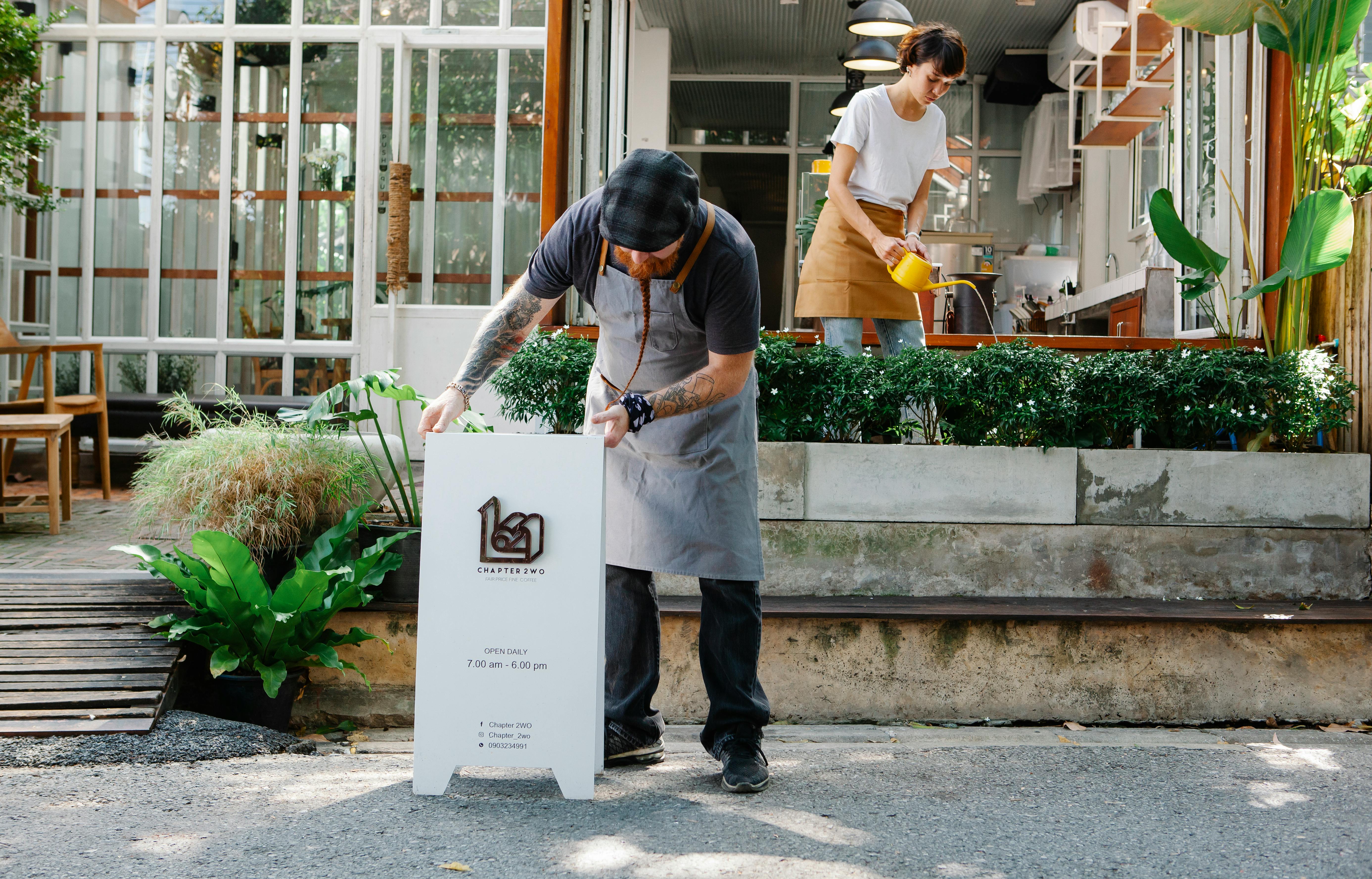Azaleas are a beautiful and versatile type of shrub that can be planted outdoors or indoors. They come in many different varieties, sizes, and colors, and can add color and texture to any garden. While they can be planted outdoors in the right climate, it is important to understand the requirements for successful outdoor growth. In this article, we will discuss the basics of planting azaleas outside and provide tips on how to ensure success.Azaleas should be planted in locations that provide partial or dappled shade, such as near the north side of buildings or in wooded areas. The soil should be well-drained and slightly acidic with a pH ranging from 4.5 to 6.0. Azaleas also need plenty of water but should not be overwatered, as this can lead to root rot. When planting, make sure the azalea’s crown is slightly above the soil level and mulch around it to help retain moisture and keep weeds down.
What is the Ideal Climate for Azaleas?
Azaleas are a popular flowering shrub that can be found in many gardens. They are prized for their beautiful blooms, which come in a variety of colors and sizes. In order to ensure that your azaleas thrive, it is important to understand what the ideal climate for them is.
Azaleas prefer climates with mild winters and warm summers. They need temperatures that stay above 40 degrees Fahrenheit during the winter months, but not too hot during the summer. The best climate for azaleas would be one with temperatures between 60-80 degrees Fahrenheit during the growing season and 40-50 degrees Fahrenheit during dormancy.
In terms of precipitation, azaleas need moderate amounts of water throughout the year. The roots should never get too wet or too dry, so it’s important to keep an eye on soil moisture levels. Azaleas also like occasional rain showers as long as they aren’t exposed to heavy downpours or prolonged periods of heavy rain.
Finally, azaleas prefer bright but indirect sunlight throughout the day. They should not be placed in full sun or exposed to too much direct sunlight as this can cause leaf burn or faded blooms. Partial shade is best for these plants, particularly in areas where summers are especially hot and sunny.
Overall, if you provide your azaleas with a climate that has mild winters and warm summers with moderate amounts of water and indirect sunlight, they will thrive and put on a showy display of colorful blooms each spring!
Planting Azaleas Outdoors
Azaleas are beautiful flowering shrubs that can bring a splash of color to your outdoor garden. When planting azaleas outdoors, there are a few steps to take to ensure that they will thrive in their new environment.
First, it is important to select the right spot in your garden for your azaleas. Azaleas prefer partial shade and acidic soil with a pH between 4.5 and 5.5. If you need to adjust the pH of the soil, you can use sulfur or peat moss to make it more acidic.
Once you have chosen the right spot for your azaleas, it is time to begin planting them. Dig a hole that is twice as wide as the root ball and slightly deeper than the pot they were previously in. Gently remove the azalea from its pot and place it in the hole, making sure that the top of the root ball is even with ground level. Backfill with soil and then press down firmly so that there are no air pockets around the roots. Water thoroughly and add mulch around the base of the plant to help retain moisture and keep weeds away.
Azaleas require regular watering throughout their growing season, especially during periods of drought or extreme heat. Keep an eye on weather conditions and water accordingly to make sure your azaleas get enough moisture without becoming waterlogged or drowning in too much water. Fertilize your azaleas every spring with an acid-based fertilizer specifically designed for these plants, such as cottonseed meal or fish emulsion fertilizer. With proper care, your azaleas will thrive and bring vibrant color to your garden for years to come!
Types of Azaleas Suitable for Outdoor Planting
Azaleas are popular flowering shrubs that come in many varieties. Some are suitable for indoor planting, while others are ideal for outdoor planting. Depending on the type of azalea you have, they can offer a range of colors and shapes to create an attractive garden. Here is a look at some of the types of azaleas that are suitable for outdoor planting:
Rhododendron simsii is a deciduous azalea that grows well in sunny locations. It has fragrant white or pink flowers and is often used as a ground cover. This variety does not need much pruning and is tolerant of drought and heat.
Rhododendron indicum is an evergreen azalea that produces large clusters of white or pink flowers in spring. It prefers moist, well-drained soil and needs some protection from cold winter winds.
Rhododendron kaempferi is an evergreen azalea that has white or pink flowers which bloom in late spring or early summer. It prefers partial shade and moist, well-drained soil. This variety can be pruned to maintain its shape and size, but it does not require much maintenance.
Rhododendron luteum is a deciduous azalea with yellow flowers that bloom in spring and summer. It needs full sun to partial shade and moist, well-drained soil to thrive. This variety requires minimal pruning but should be protected from cold winter temperatures.
Rhododendron periclymenoides is an evergreen azalea with pink or white flowers that bloom in late spring or early summer. It needs full sun to partial shade and moist, well-drained soil to thrive. This variety requires minimal pruning but should be protected from cold winter temperatures.
Azaleas are beautiful flowering shrubs that can add color and texture to any garden setting. With their varied colors, shapes, sizes, and blooming times, there are many types of azaleas suitable for outdoor planting all year round!
How Much Sun Do Azaleas Need?
Azaleas are popular flowering shrubs that require a good balance of sun and shade. These plants thrive in partial shade, with indirect morning sunlight being ideal for optimal growth. Generally, azaleas should be in a location that receives four to six hours of sunlight per day, though this can vary depending on the variety of azalea. In areas with intense summer heat, it may be best to provide more shade or move the plant to a location that is better protected from direct sunlight. If the leaves on your azalea are wilting or turning yellow, it may be getting too much sun and you should provide some additional shade for it.

When Is the Best Time to Plant Azaleas Outdoors?
Azaleas are a vibrant, flowering shrub that can add a beautiful pop of color to any landscape. Planting azaleas outdoors is best done during the cooler months of fall or early spring. This is because the heat of summer can be too harsh for them and cause them to become stressed and unhealthy. The ideal time for planting in most areas is late October through mid-November, or late February through mid-March.
When planning when to plant your azaleas, it’s important to consider the climate where you live as well as the soil quality and drainage in your yard. It’s also important to take into account any weather patterns that could cause extreme temperature fluctuations during these months.
It’s also helpful to wait until after the first frost of the year has passed before planting your azaleas outdoors. This allows them time to establish themselves without being exposed to cold temperatures which can damage their delicate flowers and foliage. Additionally, it’s important to time your planting so that there’s enough time for your azaleas to become established before the summer heat arrives.
Once you’ve determined that it’s an appropriate time for planting, preparation is key. It’s essential that you prepare a hole large enough for the roots of your azalea and amend the soil with organic matter such as compost or peat moss before planting. After planting, water your azalea regularly but avoid overwatering as this can cause root rot and other problems. Lastly, make sure that you mulch around your plant so that moisture is retained in its new environment.
By following these simple steps and taking into account your local climate when deciding when is best to plant them outdoors, you can ensure a healthy start for your new azalea shrubs. With proper care they will flourish in all their colorful glory!
Soil Requirements for Outdoor Azalea Planting
Azaleas require acidic soil conditions in order to thrive outdoors. The ideal pH range for azaleas is between 4.5 and 6.0, with an optimal range of 5.0 to 5.5. If your soil is not acidic enough, you can amend it with peat moss or sulfur to lower the pH levels. Additionally, it is important that the soil is well-draining and has plenty of organic matter added to improve nutrient retention and water drainage. Adding compost or bark mulch will also help retain moisture and keep the soil cool in the summer months. Azaleas also require good air circulation around their roots, so be sure that the planting site is not too crowded or compacted.
Fertilizing Requirements for Outdoor Azaleas
Azaleas are prized for their beautiful, showy blooms and are a popular choice for many gardeners. While these plants are quite easy to care for, it is important to understand the fertilizing requirements of outdoor azaleas in order to keep them looking their best. Fertilization should be done in late winter or early spring, just before new growth begins. A slow-release fertilizer specifically designed for azaleas is ideal, as it will last several months and provide continual nourishment. In addition to the fertilizer, mulching the soil around the plant with organic matter will help to retain moisture and keep weeds at bay. Azaleas also benefit from regular watering and should be checked often during periods of drought or extreme heat. As long as these fertilizing and watering requirements are followed, outdoor azaleas can remain healthy and colorful all season long.

Conclusion
Azalea plants can be planted outside, provided the weather is suitable and the necessary conditions for optimal growth are met. While azaleas are a little more finicky than other plants, once these needs are addressed they can be a beautiful addition to any outdoor space. Azaleas can be planted in both garden beds and containers; however, when planted in containers, make sure to provide well-draining soil and fertile fertilizer. To keep azaleas blooming longer and healthier, make sure to prune them regularly and water them consistently. With proper care and attention, azaleas can bring stunning color and texture to your outdoor space.
Overall, it is possible to have a successful outdoor azalea garden if you take care of them properly. By understanding their specific needs for soil type, sunlight exposure, water requirements, fertilizers, and pruning schedules you will give your azaleas the best chance of thriving in your garden. The results will be beautiful blooms that will bring color and joy into your outdoor living space.

